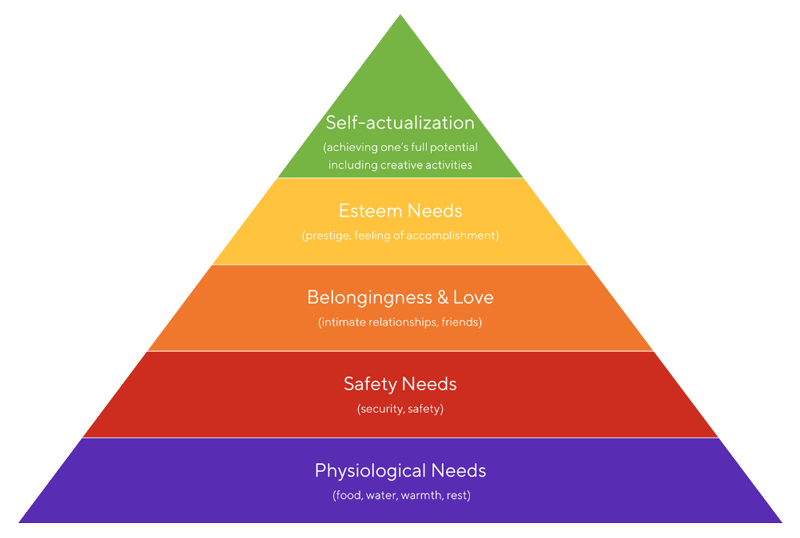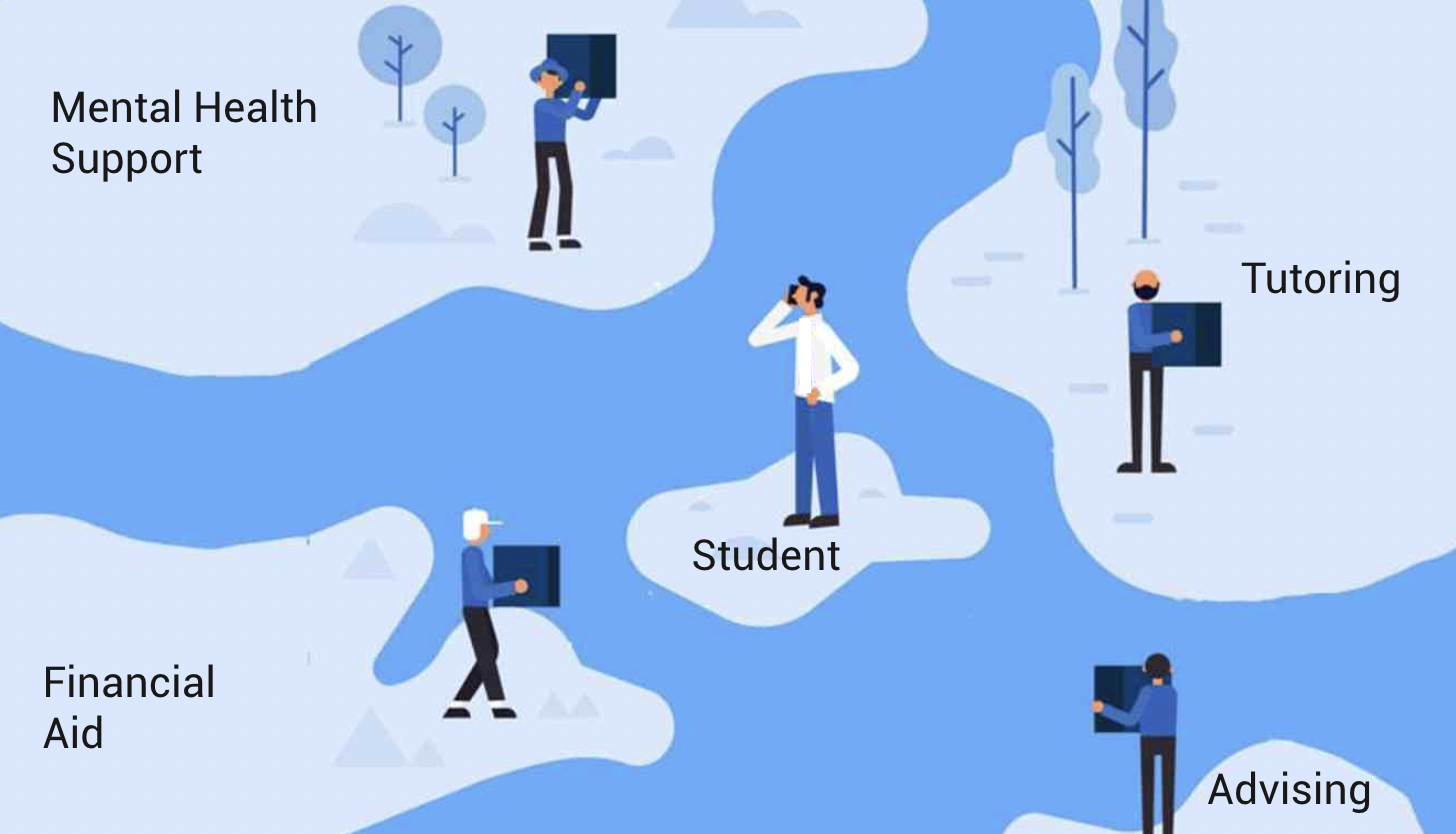Holistic Support Through Wraparound Services
Today’s students demand greater flexibility and personalized support. Traditional student services often fall short in meeting these needs because they are often not easily accessible or unknown to the students who need them most.

Holistic Support Through Wraparound Services
Today’s students demand greater flexibility and personalized support. Traditional student services often fall short in meeting these needs because they are often not easily accessible or unknown to the students who need them most.


Today’s students present new challenges and opportunities.
Student demographics are changing each year. More students are arriving to college from diverse backgrounds and non-traditional pathways, hoping to make a better life for themselves. According to the 2022 brief by the Hunt Institute, nearly 45% of undergraduate students are students of color. 46% of students are first-generation students and 64% of students work part-time.
Image Source: Hunt Institute
Student basic needs must be met first
These students experience different challenges from previous generations. Often, they are balancing basic needs such as housing, food insecurity, childcare, and making a living while trying to attain a degree. We often incorrectly make the assumption that if these students just try harder, they can succeed. Maslow’s hierarchy of needs reminds us that if basic needs are not met, students can’t develop the self-esteem and self-actualization associated with goal-setting and academic success.
Image Source: High5Test.com


Holistic support encompasses the entire student
Holistic support addresses the academic, emotional, social, and physical needs of a student, and is often offered through wraparound student services, which non-traditional and historically marginalized students need to have for the best chance of success. Wraparound student services help solve:
- Housing and homelessness
- Food insecurity
- Financial burdens including financial aid and emergency funds
- Transportation
- Childcare
- Mental health
- Community and belonging
- Balance between school and other priorities
Bring resources and people together
There are so many great resources and people in higher education dedicating their time, energy, and money towards helping today’s students graduate college. However, sometimes the issue isn’t having the resources, it’s making sure they are all in one place that is accessible to students, even when they aren’t on campus.
Navigating resources can be challenging. It’s even harder for students who are less likely to raise their hands. That’s why proactive communication and outreach are key to breaking down systemic barriers to the resources and services that today’s students need.
